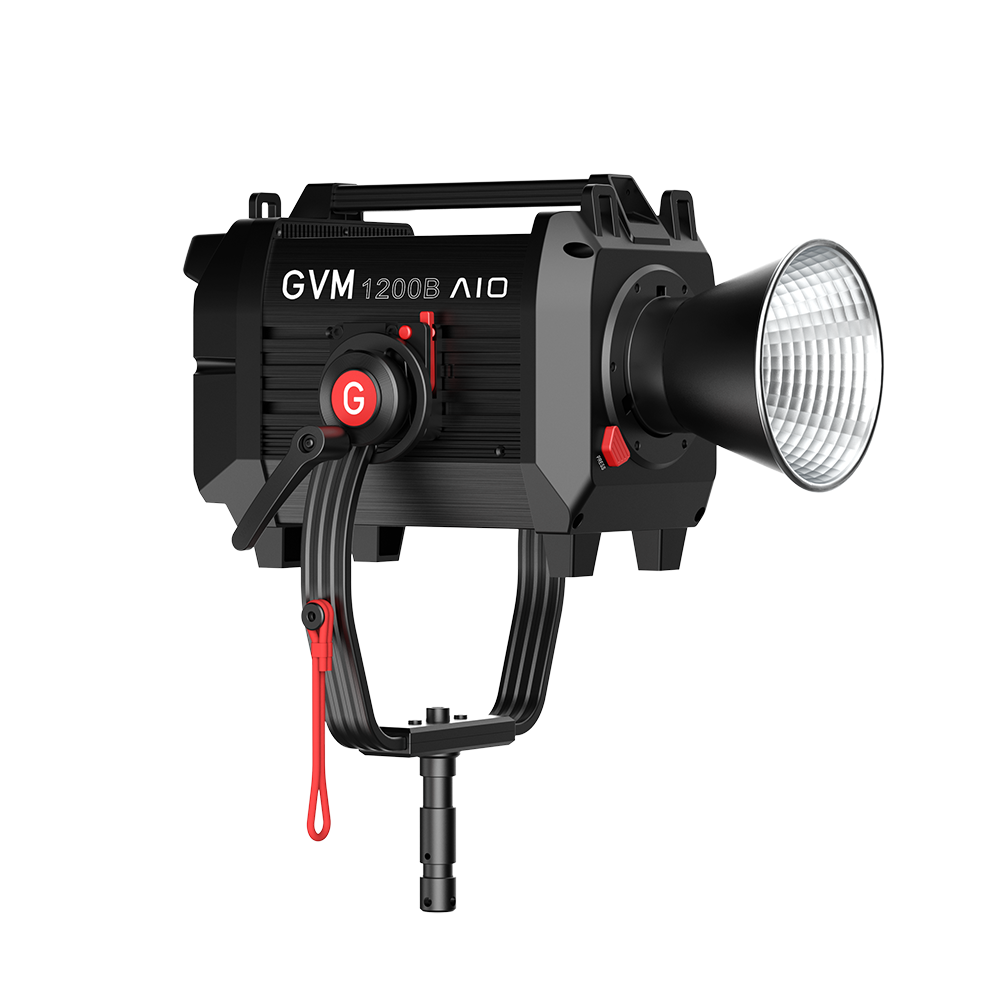Car Photography Tips
Car photography can be a lot of fun,but it’s not easy to shoot.The greatest trick of car photography is remembering what people love about a car, such as the freedom it offers you, speed, power, beauty, etc. Car photography is a form of product photography, and keeping these points in mind will result in better car photos.
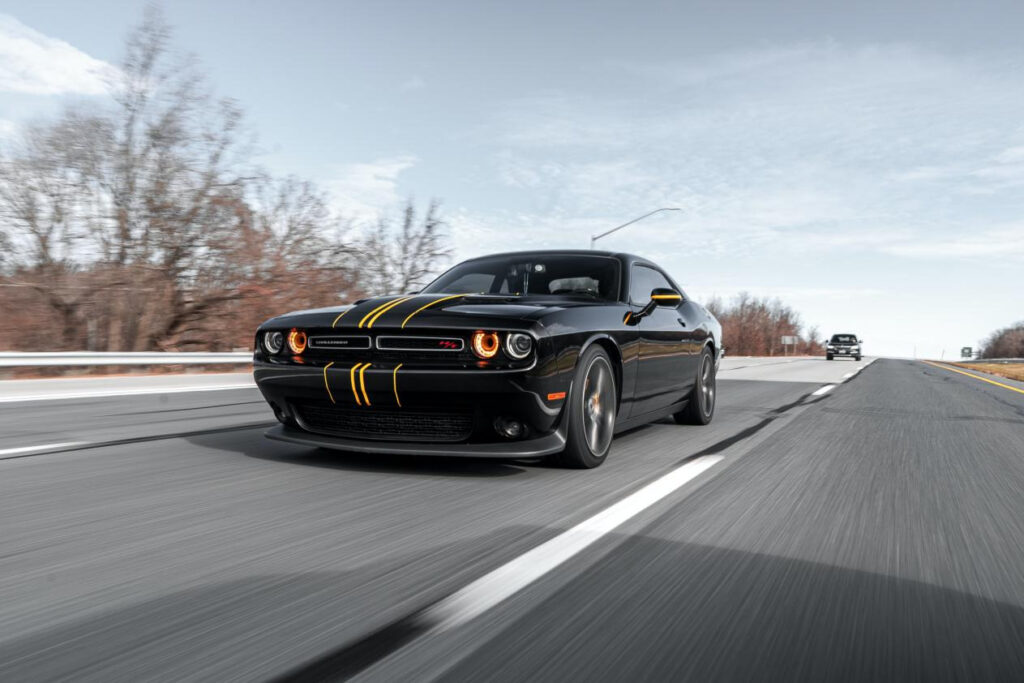
1.Pick the right location
First, you need to choose a position that matches the tune of the car. You won’t find a compact city running around off-road, and it wouldn’t be fair to take pictures of jeeps in town.

So if you’re shooting a stylish sports car, you can go for a more industrial setting. Think country shots of vintage and family cars. If you ask yourself where you’re most likely to see the type of car you’re photographing, you’ll come up with a good location to shoot.And it’s best not to have anything distracting in the background.Always consider the balancing elements of photography: think about shapes, patterns and colors in your background. Then make sure there aren’t any dustbins, powerlines, or similar cluttering it up. The rule is that the background needs to emphasize your automotive subject, not distract from it.
2.What’s the Car’s Color?
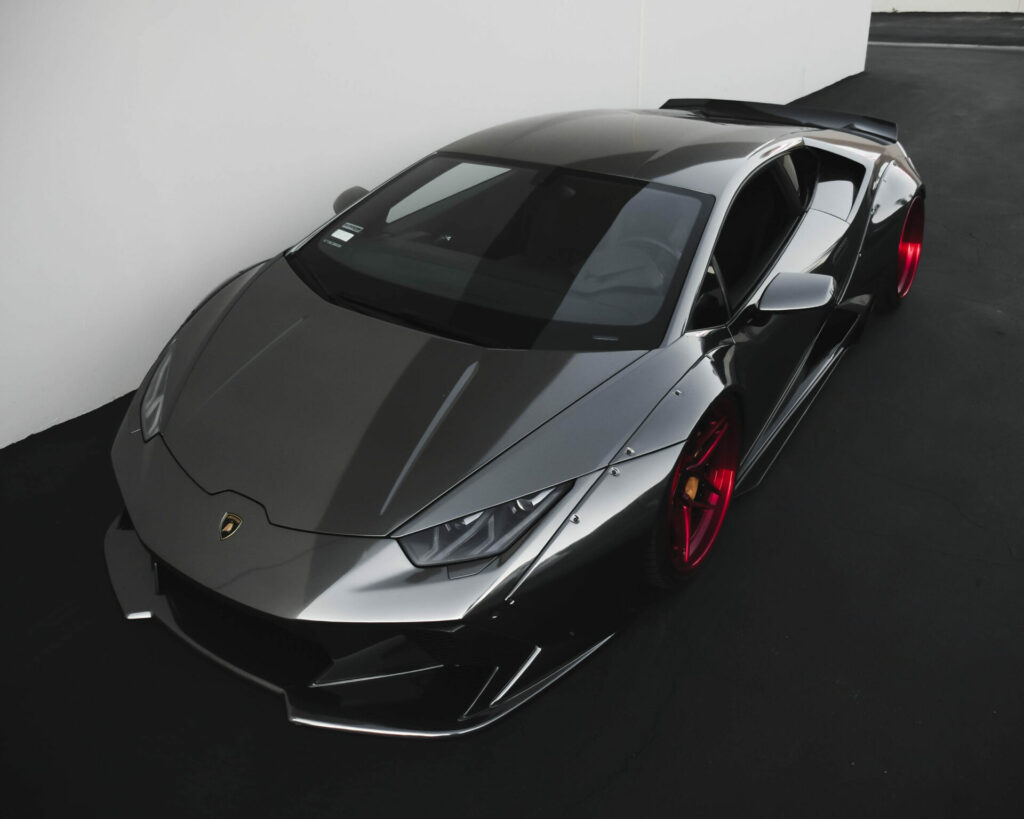
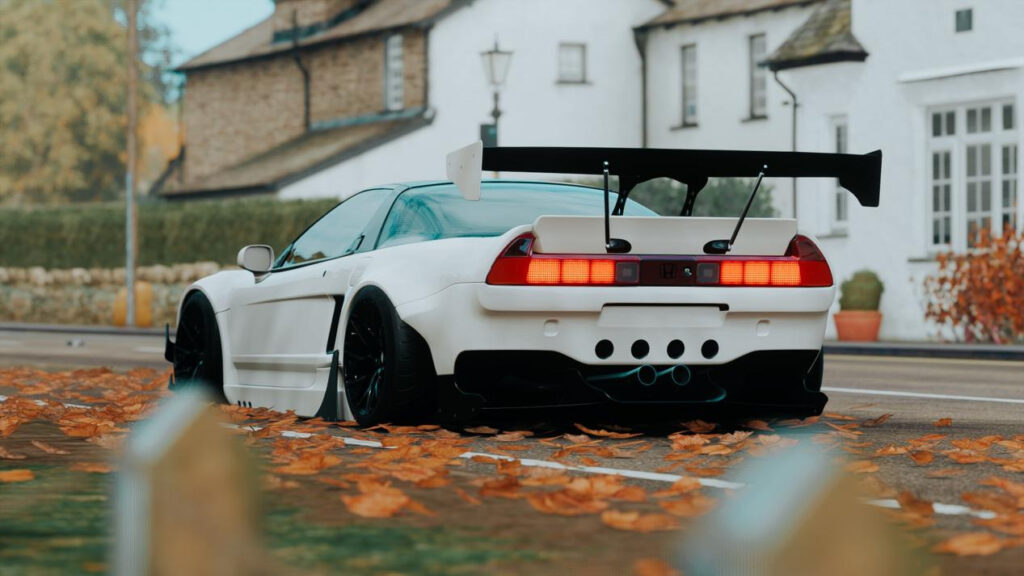
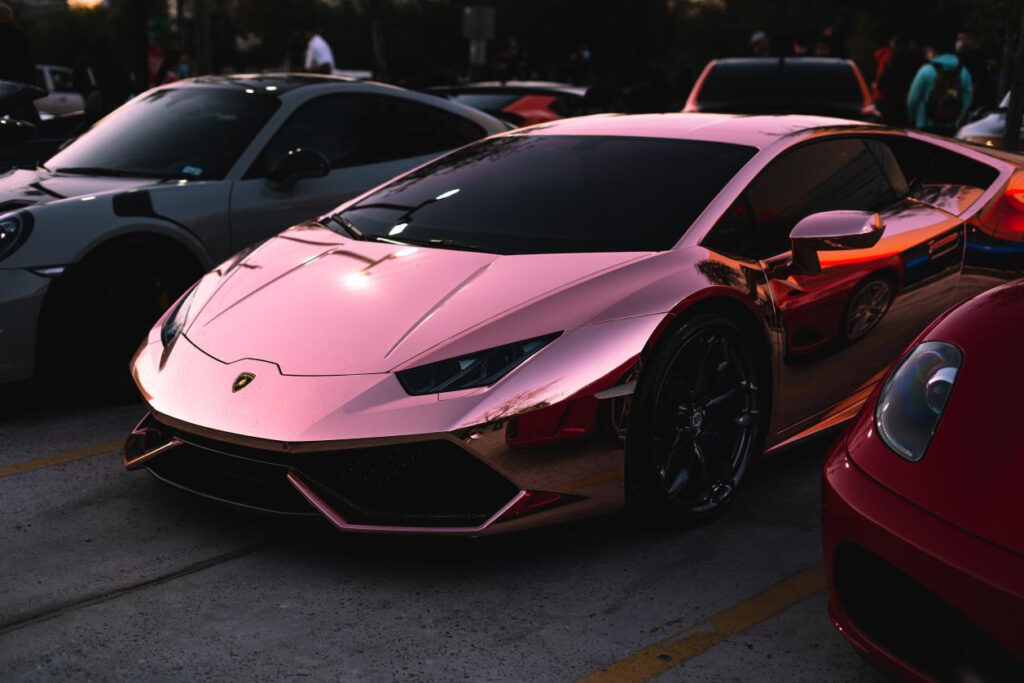
Black or white cars can be photographed in almost any location with just about any background. They are brilliantly versatile. Colors, on the other hand, are a little harder to place. A good basic rule is that brighter colors will look better against darker backdrops and vice versa. So whenever you’re out and about, stay alert to how different colored cars look in different settings with different light. It will help give you car picture ideas or flag up what to avoid.
3.Light
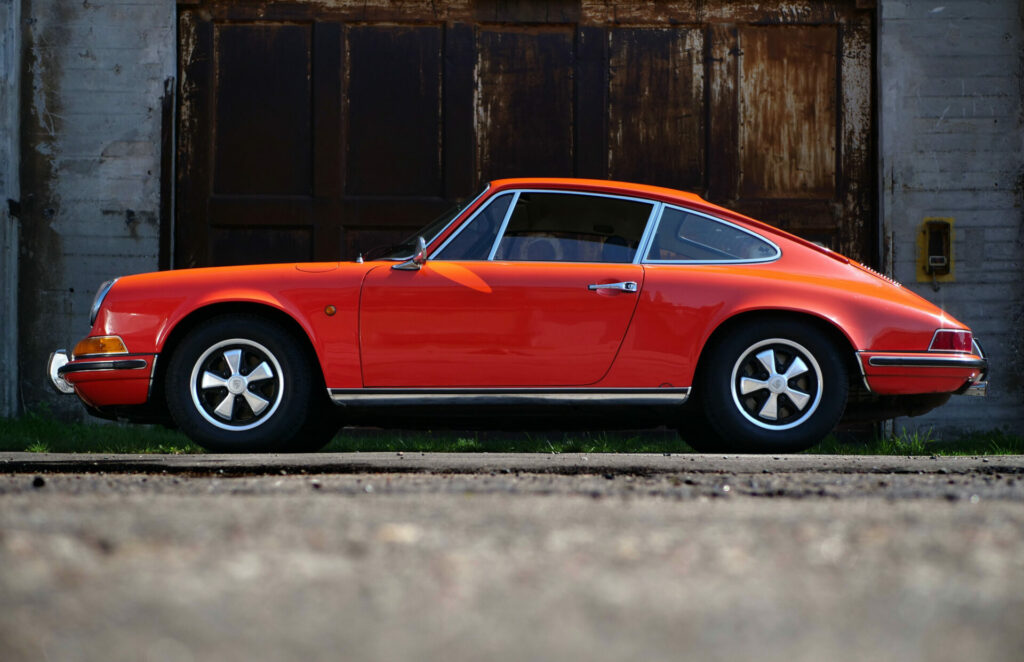
Pay attention to the time, in car photography the paint will react differently in different light at different times of the day.Like almost any other photographic subject, avoid photographing cars in the midday sun. Direct light can cause odd or difficult reflections on a car’s surface, which means that shooting just before sunrise or a few minutes after the sun has gone down when there’s plenty of light, but not direct, is a good option. The golden hours–just after sunrise and before sunset–can also provide beautiful light for car shoots. If there are dark spots or bright reflections, try using a reflector to direct light where you need it.
4.Try Panning
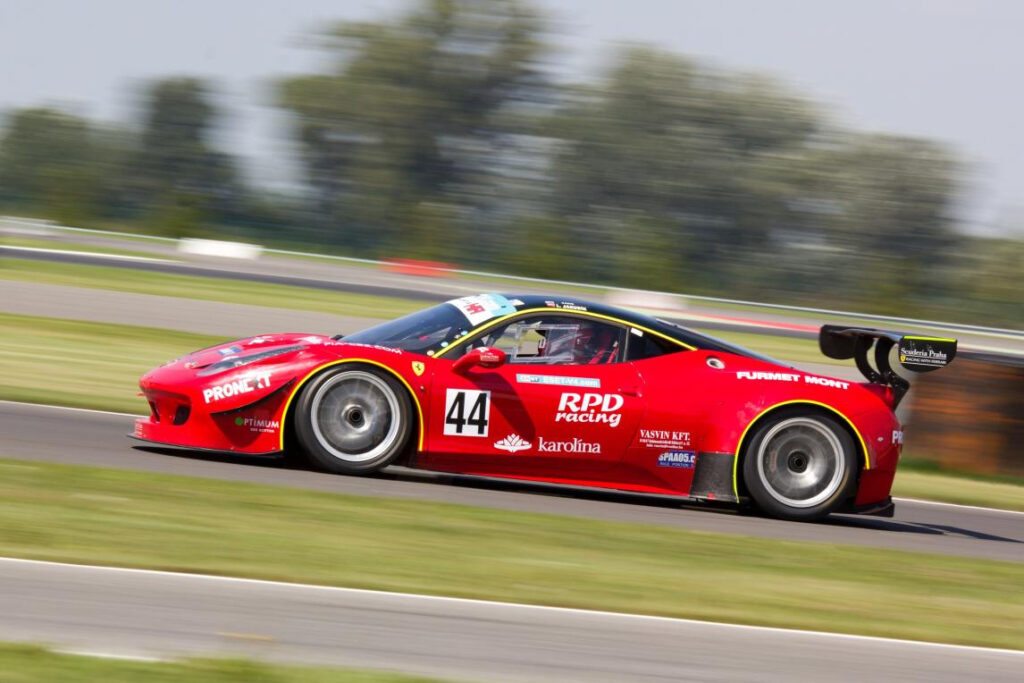
Panning shots give a great sense of speed and motion, which makes them an excellent choice for inclusion in a car shoot. Simply track the car as it drives past you to capture an image where the car is sharp, and the background is blurred.
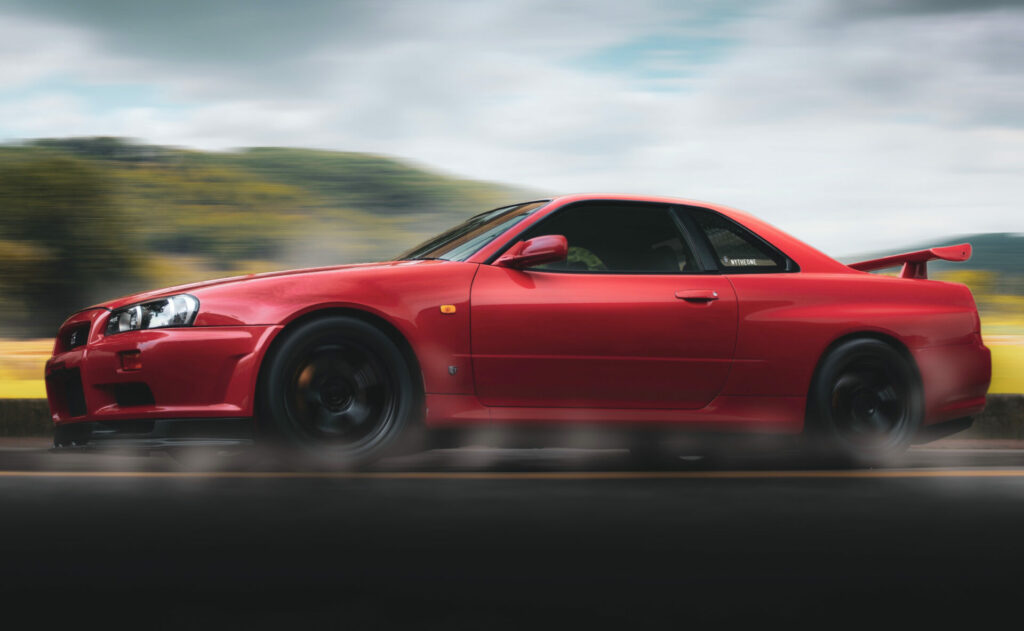
Remember that the slower the shutter speed, the more blur will show in your background. But start with a shutter speed of around 1/125 second and extend it as you grow in confidence.
- Go Out at Night
Photos of cars at night can be very effective. This is true for both panning shots and for static images.
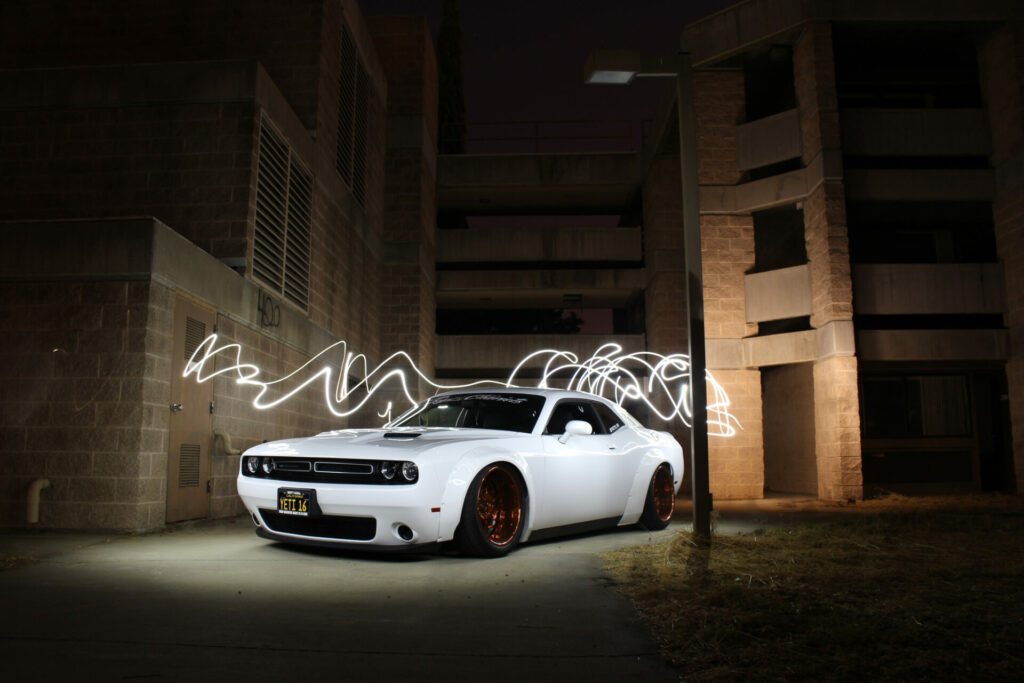

For example, a car driving by with headlights on is a great shot. But so is shooting a car in a dark location with a well-lit vista in the background. It could be a town or city, and you light paint the car with flashlights. Just remember to use a tripod and to deliberately under-expose the shot to ensure that everything remains dark.
- Gear for Car Photography
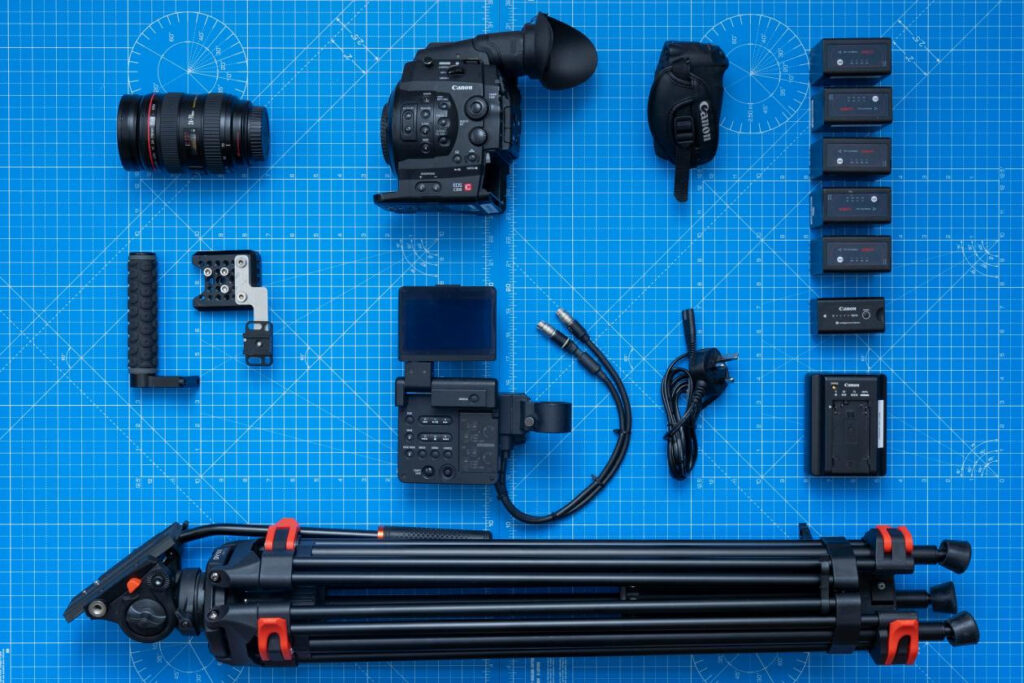
①Tripod, especially for night shots or for when you need a more prolonged exposure
②24-70mm lens, which gives you plenty of options for wide-angle and close-up shots
③Reflector, to help bounce light back onto the car and counteract dark shadows, or to direct very bright light that will cause difficult reflections away from the car
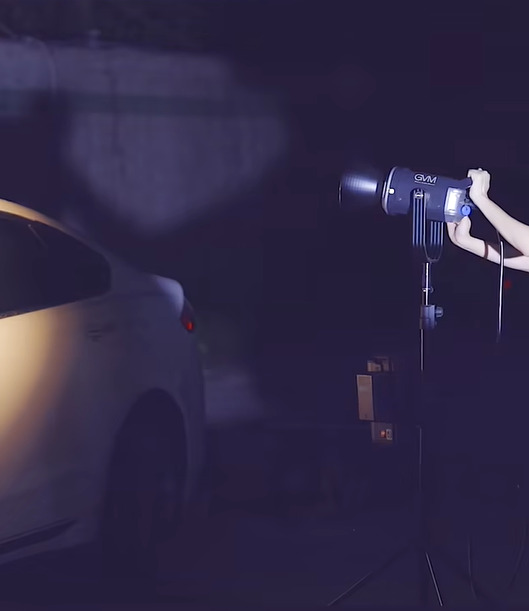
④Lights: a flashlight for light painting at night and a flash or light bar for doing interior shots
⑤ND filter or a circular polarizing filter: a neutral density filter can help with your exposure in very bright conditions, while a polarizing filter can help nullify any distracting reflections on the surface of your car.
7、Angles and Interiors
Remember to move around the car to capture it from various angles. Up high, down low, to the left and to the right. Wide angles and close-ups. And the car isn’t just about its exterior, but its interior, too. So climb inside and capture some shots of the dashboard lit up, the upholstery and the finish.

From location to lighting, as well as the actual car itself, there’s quite a bit to think about when it comes to car photography. However, just as a car gives you freedom, so does car photography. There are so many things you can try and have fun!
GVM recommends a light and easy-to-use photography light for you:
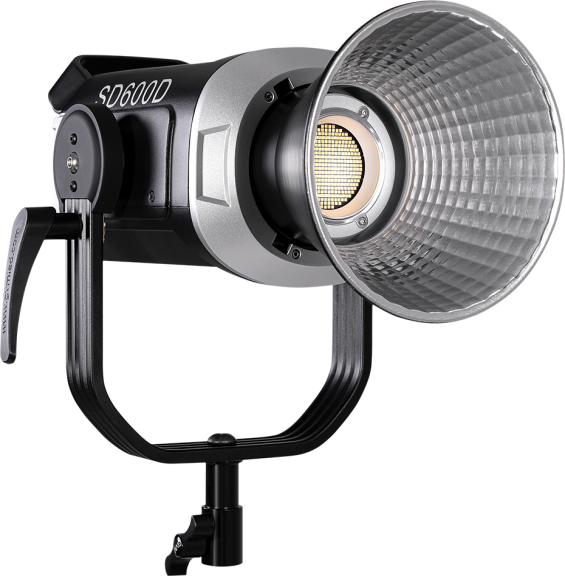
600W LED Bi-color Spotlight
This LED Spotlight is up to 600W.
It is also equipped with a standard lampshade.
After installation, it can avoid excess light and make
the light more concentrated. Custom control fills the light
allowing you to easily and easily shoot the desired results

High CRI lamp Beads
The light can be adjusted steplessly,with one COB lamp bead, and a color
rendering index of 97+,dual color temperature 2700~7500K,which helps
restore and enrich th color of the object,providing you with natural and
vivid shooting effects.

GVM-SD600D is the ultimate color powerful LED dual spotlight
Power up to 600W with standard lampshade.
After installation, the light can be too strong, so that the light can be concentrated.
Easily control the fill light, allowing you to shoot the desired effect on the spot.
Features robust construction and efficient update capability
Make the captured picture more vivid, the color of the characters is more realistic, and the texture of light and shadow is better
Cool and warm two-color mode, let your works have more color imagination, and make creative videos easily
Consuming only 600W of power, it produces a bright, daylight-balanced, uniform scene, about the same as the equivalent output of a 4000W+ tungsten lamp.

